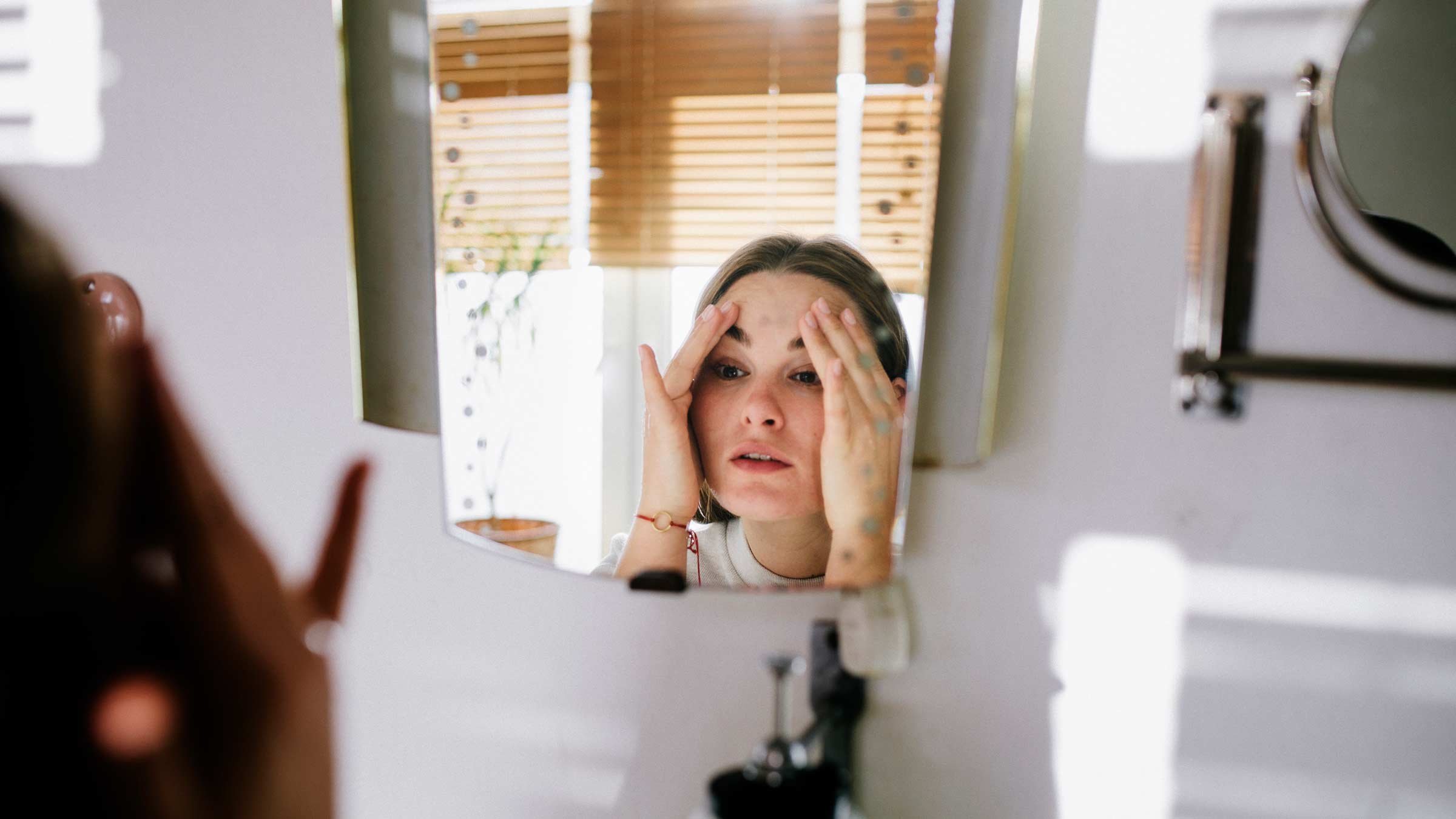
If you’ve ever considered investing in a do-it-yourself dermaplane or chemical peel, or mulled over the microneedling kits you find online, it’s likely because you care about your skin health and appearance. And while it’s tempting to consider trying your own hand at these to improve your skin, that’s the very reason why you should think twice about taking the DIY route for these skin-enhancing procedures.
These procedures are popular because they work and because they’re simple and safe — but only in the hands of a trained, licensed aesthetician. For a novice who’s using products and equipment that aren’t professional grade, DIY at-home skin care procedures carry risks that outweigh any cost savings.
1. Dermaplaning
An exfoliation treatment, dermaplaning uses a surgical steel blade seems to be the procedure most commonly attempted procedure at home as well as the most commonly requested in our office. When it’s done correctly, it removes surface-level dead skin cells as well as vellus hairs — the “peach fuzz” that everyone has on certain parts of the body.
The result we want is brighter, smoother skin. And because the skin is free of those dead cells and hairs, additional treatments such as cleansers and moisturizers can penetrate deeper and perform better. Makeup goes on more smoothly and looks closer to flawless.
But the blades most people find online aren’t medical grade. The online knockoffs are liable to leave dead skin behind, and you run the risk of nicking your skin, inviting infection and scarring. Even the best blade has to be applied at just the right angle and pressure to be safe and effective.
2. Microneedling
In a microneedling procedure, an aesthetician uses a special needle to make hundreds of microscopic holes in the skin. It’s a form of “controlled trauma” that triggers the skin to produce collagen and elastin in order to heal. Because collagen and elastin help tighten and thicken skin, people who undergo a microneedling procedure will notice reduced fine lines, wrinkles and scarring.
Interest in the procedure took off when Kim Kardashian had it done on her TV show. Hundreds of inexpensive microneedling products have flooded the market, but doing it yourself isn’t a good idea. Different skin types and conditions call for different insertion depths. The wrong depth or the wrong angle of insertion increases the chance of bacterial infection or scarring.
Proper sanitation and disinfecting of these devices is very difficult to do at home. Full sterilization, as you should expect at a licensed aesthetician’s office, is impossible at home.
The typical do-it-yourself microneedling device isn’t nearly as precise as that used by professionals. One inexpensive and widely available device — a rolling drum with needles attached to a handle like that of a shaving razor — looks and functions not unlike a tiny lawn aerator. It’s advertised for microneedling or “stimulating beard growth” — clearly not the precision instrument your face deserves.
For beautiful results and to ensure a safe procedure, you’re best off to see a professional in a clinic.
3. Chemical peels
Applying chemicals to your skin can sound like a recipe for disaster, and unfortunately, often it is when done at home. The application of chemical peels to the sensitive skin of your face is always best left to a trained professional. The procedure involves applying a mix of chemicals to the skin to promote cell turnover and repair. The desired result is a gentle exfoliation, brightening dark spots and reducing wrinkles. Different products are available; some require a neutralizing solution to be applied at just the right time.
An online ad for a peel kit urges customers to “Answer a few questions about your skin type and concerns” to receive “a customized peel solution.” But that’s no substitute for a consultation with an aesthetician who can actually see your face, understand your health history and talk to you about your goals for the procedure as well as previous treatments you’ve had, medications you’re taking and other factors that could influence the outcome.
The peel works by inducing blisters that cause the outer layer of skin to peel off over the course of a few days, revealing a fresher layer underneath. There’s no room for guesswork. Overapplying the chemicals can lead to irritation, swelling, scarring, prolonged redness or permanent discoloration. Certain skin types and tones are more vulnerable to damage than others.
You and your skin deserve better
Fortunately, you can obtain all of these procedures safely and with beautiful results through Ohio State’s Medical Spa Services. Your customized plan of care is based on a personal consultation with a licensed aesthetician, backed by the knowledge and experience of a world-class team of dermatologists and plastic surgeons.
Your skin is your body’s largest organ and its natural armor. If it needs even a minimally invasive procedure such as those I’ve discussed, it’s worth protecting with professional care.





